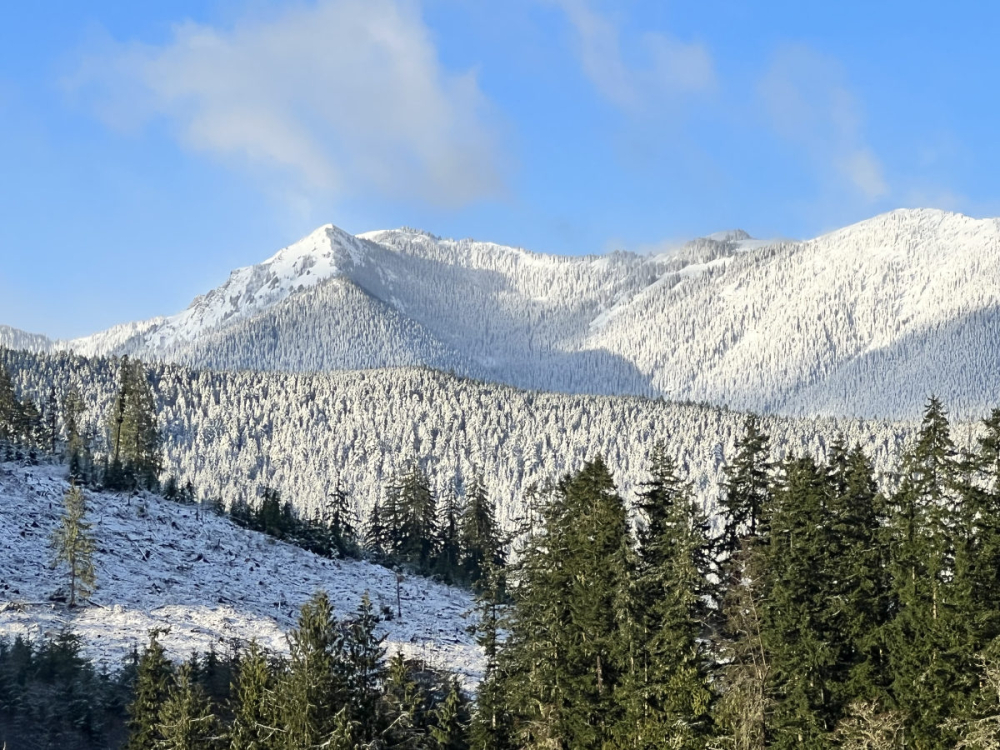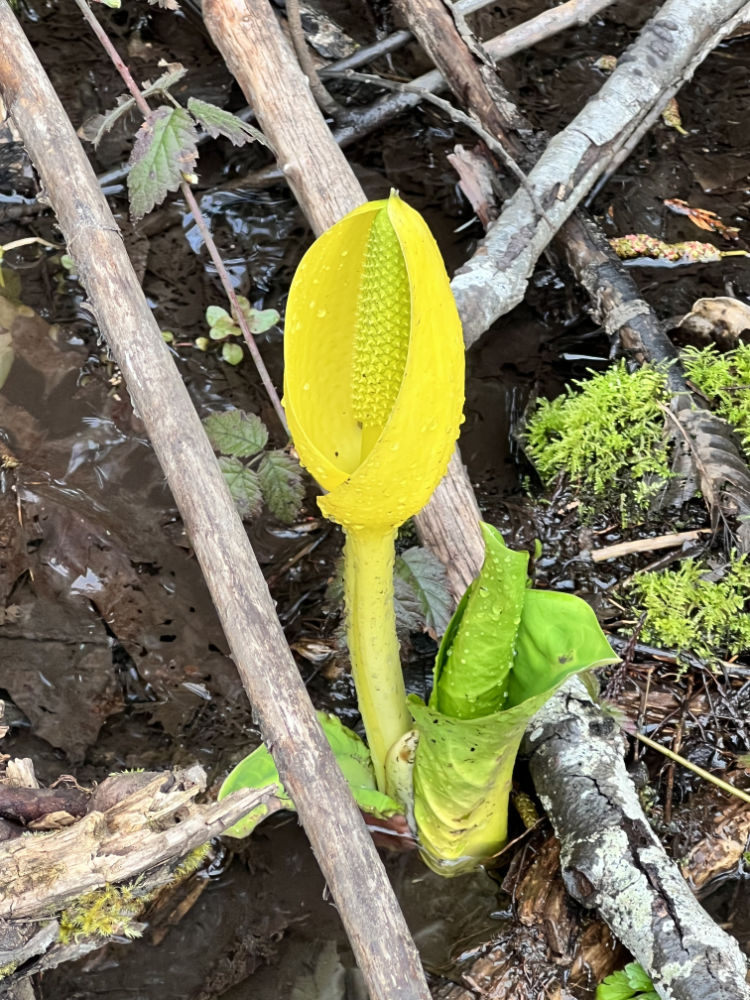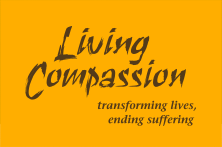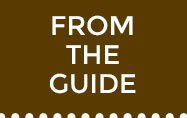 We’ve been enjoying some late-spring weather excitement that has slowed our planting plans. On Monday the fellows attempted to finish up the drip watering system but got snowed out. They were able to get the rest of the fencing installed, planted the trees that have spent the winter on the deck as part of the bird’s jungle gym, put the raised bed excavated from behind the defunct dog pen into the newly fenced area, and nearly got the temporary gate in place before the blowing snow drove them to lower ground.
We’ve been enjoying some late-spring weather excitement that has slowed our planting plans. On Monday the fellows attempted to finish up the drip watering system but got snowed out. They were able to get the rest of the fencing installed, planted the trees that have spent the winter on the deck as part of the bird’s jungle gym, put the raised bed excavated from behind the defunct dog pen into the newly fenced area, and nearly got the temporary gate in place before the blowing snow drove them to lower ground.

Upon checking over every bush, shrub, and tree—even the ones recently transplanted to the future orchard area—it would seem each is adjusting well to their new home. Tiny buds, tiny leaves, looking good thus far. The little plants we got from the county, though appearing barely alive, seemed like better candidates for survival than the already established then relocated fruit trees, but even those are looking lively.

The gate on the new fenced area is temporary until the gates from the Monastery can make their way up here. Yes, it can look like garden variety attachment or clinging…okay, it’s true. We so love those garden gates that we just can’t leave them behind. No one else could love and appreciate them like we do. Right? Ah, rationalization. Never lets us down.
 Thanks to all of you who let us know about that gorgeous yellow plant found by the side of the road. However, I simply refuse to accept the name skunk cabbage. I know, skunks are outrageously cute and cabbage can be both decorative and delicious. But no. Fortunately someone gave a different name—swamp lantern. Yes. It does look like a lantern and it was, indeed, growing in a swamp. I also learned its botanical name is lysichiton americanus and from a homeopath I learned it is called arum creticum. It’s in the same family as Jack-in-the-pulpit, arum triphyllum—a great homeopathic remedy and poisonous if eaten raw. Good to know.
Thanks to all of you who let us know about that gorgeous yellow plant found by the side of the road. However, I simply refuse to accept the name skunk cabbage. I know, skunks are outrageously cute and cabbage can be both decorative and delicious. But no. Fortunately someone gave a different name—swamp lantern. Yes. It does look like a lantern and it was, indeed, growing in a swamp. I also learned its botanical name is lysichiton americanus and from a homeopath I learned it is called arum creticum. It’s in the same family as Jack-in-the-pulpit, arum triphyllum—a great homeopathic remedy and poisonous if eaten raw. Good to know.
In gasshō,
ch

